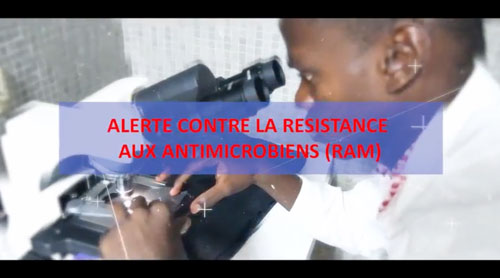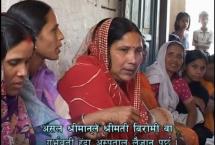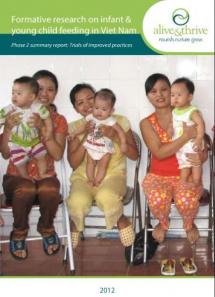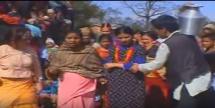SUMATA Street Theater Video Documentary
The Nepal Family Health Program (NFHP-I) was a six-year (2002-2007) bilateral activity of United States Agency for International Development, Nepal (USAID/N) with the Government of Nepal. Its overall goal was to support the Government’s long-term goal of reducing fertility and under-five mortality within the context of the National Health Policy and Second Long-Term Health Plan 1997-2017.
The SUMATA initiative was launched on 8 March 2002 as a multilevel SM behavior change initiative designed to support the efforts of the Government of Nepal to reduce the high maternal mortality rate in Nepal. It was designed to focus on the social dimensions of maternal mortality and shared responsibility for safe birth. The initiative primarily addresses husbands and mothers-in-law, calling them to care for their wives/daughters-in-law during pregnancy, birth, and the postpartum period; to share love, information, and the workload; and to prepare for childbirth and any complications that could occur during that stage. In districts with upgraded Emergency Obstetric Care services, SUMATA includes complication readiness, recognition of danger signs, and seeking emergency care, if required.
SUMATA is an acronym for Care, Share, and Prepare. In Nepali, it reads: SU: Sushar Garaun (Care) MA: Maya Mamata Badaun (Share) TA: Tayari Garaun (Prepare)
SUMATA communication strategies were developed with standardized SM messages, which have been incorporated into IEC/BCC materials such as posters, billboards, lampshades, danglers, banners, stickers, radio spots, jingles and dramas, TV dramas, and street theater. Radio dramas highlighting general SM messages have been broadcast nationally.
This video documentary describes the street theater activities of SUMATA. The intended audience for SUMATA was women, husbands, families, community leaders, and community-based health workers.
Source: Johns Hopkins Bloomberg School of Public Health/ Center for Communication Programs
Date of Publication: March 25, 2019





